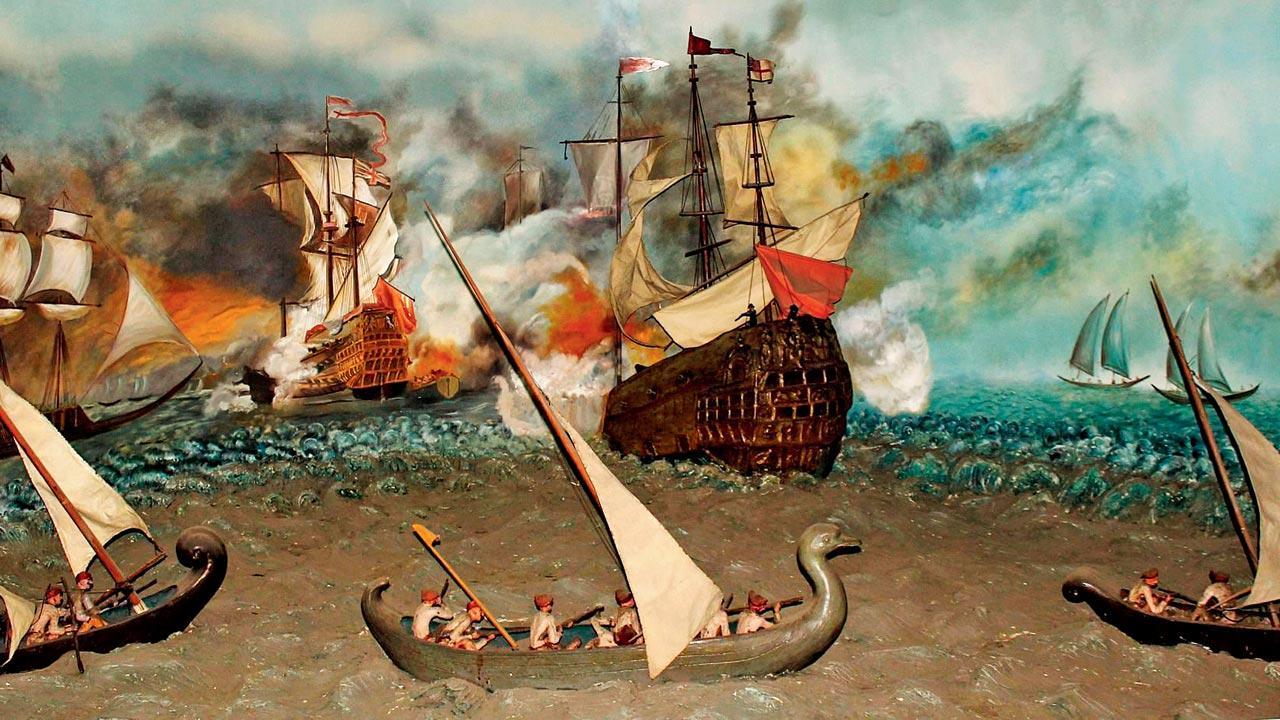Home / Mumbai-guide / Things To Do / Article /
This book explores the connection between Mumbai and the Indian Ocean
Updated On: 23 April, 2024 07:41 AM IST | Mumbai | Nandini Varma
In a title that dives into the Indian Ocean’s history through empires, communities and traders, we look at Mumbai’s connection

Maratha naval tactics against the Europeans
In her book, Empires of the Sea (Pan Macmillan India), maritime historian Radhika Seshan asks: Does water have a history? If it does, how can this be traced? She attempts to answer this by mapping the history of human connections with the sea, drawing a particular focus on the Indian Ocean world, consisting of the sea and the surrounding land. We learn how these connections made trade and the exchange of knowledge possible and how empires used them to assert their supremacy over regions.
Here are five facts from the book that offer fascinating insight about Bombay (present-day Mumbai) and its surrounding areas along the Konkan coast:



